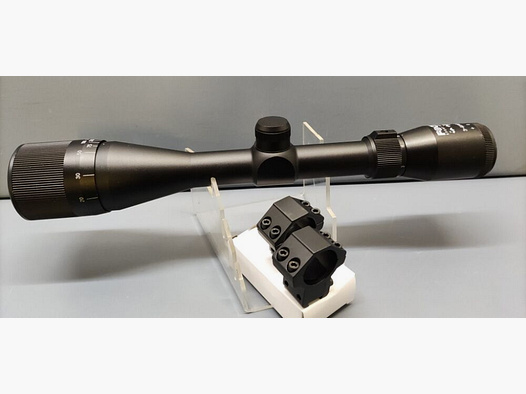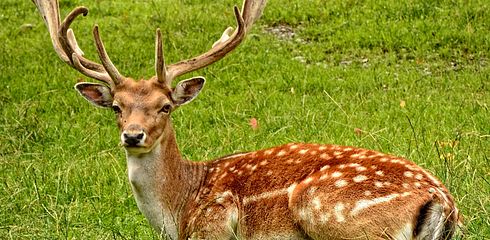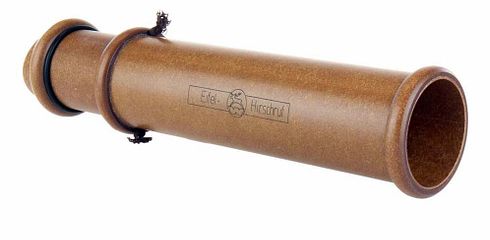The luring hunt for the roe buck is a special form of hunting practiced in many regions of Europe during the rutting season of the roe deer. Roe bucks are small, agile animals with a characteristic small antler. This article highlights the technique of luring hunting, the necessary equipment, and the ethical considerations surrounding this form of hunting.
Techniques of Luring Hunting
During the rutting season, which usually takes place from mid-July to mid-August, roe bucks are particularly active and respond to specific stimuli:
Bleating: This is the most well-known technique in the luring hunt for roe bucks. The bleat of a doe (female roe deer) is imitated to attract the buck. Bleating can be done with the human voice or with the help of special bleaters.
Setting Scent Marks: Roe bucks mark their territory with glandular secretions. Applying synthetic or natural scents can pique the buck's curiosity.
Equipment
Bleaters: These are small instruments, often made of plastic or rubber, that can imitate the bleat of a doe. There are various models on the market that produce different sounds.
Camouflage: Roe bucks have sharp senses. Camouflage clothing and possibly a camouflage net or a mobile hunting hide can be advantageous here.
Scent Substances: Various scents can be used to attract roe bucks. However, it is important to inform oneself about the legal regulations in the respective region beforehand, as the use of scents is not permitted everywhere.
Ethical Considerations
The luring hunt for the roe buck, like other hunting methods, is subject to ethical considerations:
Animal Welfare: In any form of hunting, the welfare of the animal should always be a priority. This means that the animal should be killed quickly and humanely, and unnecessary stress should be avoided.
Ecological Sustainability: Hunting should always be in line with the principles of sustainable wildlife management. This excludes overhunting and ensures a healthy balance in the animal population.
Tradition and Culture: For many hunters, the luring hunt for the roe buck has traditional value. This should be respected in the context of ethical considerations, as long as the hunting is conducted responsibly and sustainably.
Conclusion
The luring hunt for the roe buck is a complex and demanding hunting method that requires both technical skill and ethical awareness. With respect for the animal and the environment, combined with the necessary expertise, this form of hunting can be enriching for both the hunter and the environment.






























